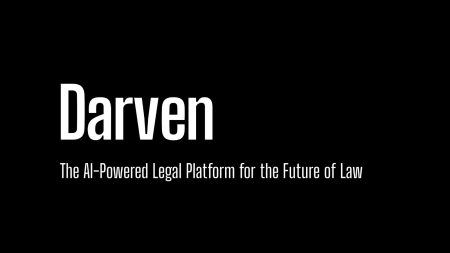As information security remains a challenging field, with data leaks and malware infections happening frequently, security teams often find themselves overwhelmed by the sheer number of potential vulnerabilities being reported by security tools. These tools often alert on theoretical risks, leading to false positives and unnecessary panic among customers. The Common Vulnerabilities and Exposures (CVE) system, for instance, highlights potential risks without taking into account the context specific to each customer, further complicating the situation.
In response to customer feedback, Tigera, the makers of the Calico container networking software, has introduced a more comprehensive security visibility approach. By scoring risks based on the potential for exploitation and considering factors such as isolation controls, Tigera’s tools can help prioritize vulnerabilities and prevent security teams from being swamped with alerts. This approach aims to provide customers with a more tailored and actionable set of information, allowing them to focus on what truly matters rather than reacting to every high-risk alert.
Similarly, New Relic has recognized the importance of contextual information in managing real risks for customers. By matching software composition data with vulnerability databases, New Relic can detect vulnerabilities in live production environments and rank them by criticality. The company also offers an Interactive Application Security Testing (IAST) tool that runs automated penetration tests to uncover exploitable vulnerabilities and provide recommendations for remediation. This proactive approach to security can help prevent vulnerabilities from sneaking through scans or going unnoticed in the development process.
JFrog, a well-regarded software supply chain company, enhances basic CVE reporting by assessing the real-world risk of publicly known vulnerabilities through its security research team. The proprietary JFrog Research Severity allows customers to prioritize issues based on the level of risk, with the added benefit of customer-specific context consideration to reduce false positives. By providing a more nuanced understanding of risk, JFrog’s XRay tool aims to streamline the security review process and enable customers to focus on addressing tangible security threats.
In conclusion, as the landscape of cyber security continues to evolve, the focus is shifting towards helping customers make a meaningful impact quickly. By filtering out low-value work and prioritizing real security risks, security tools like Tigera, New Relic, and JFrog are empowering organizations to address vulnerabilities more effectively. By leveraging contextual information, automated scanning, and expert assessments, these tools are enabling security teams to make more informed decisions and take proactive steps towards securing their digital environments. Ultimately, the goal is to shift the conversation away from theoretical risks and towards practical solutions that enhance overall security posture.















